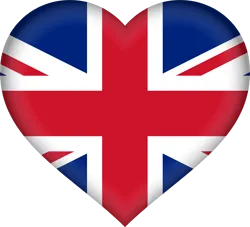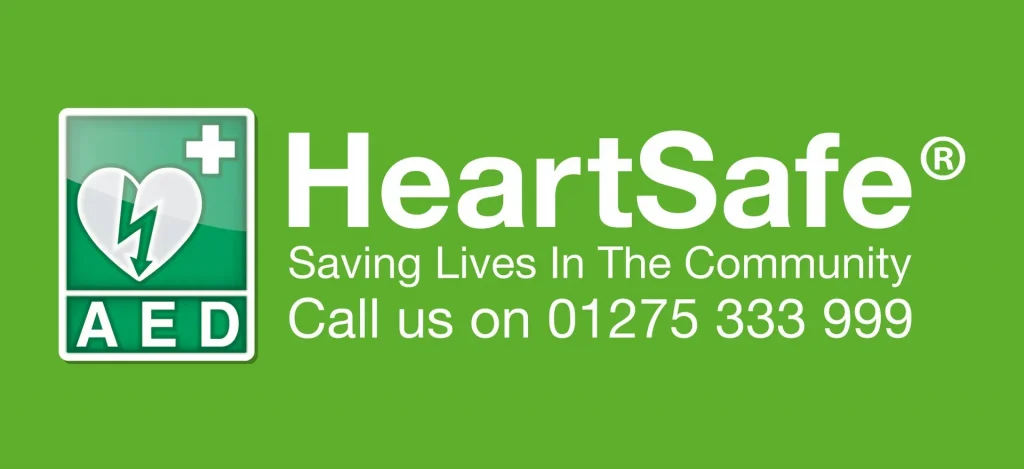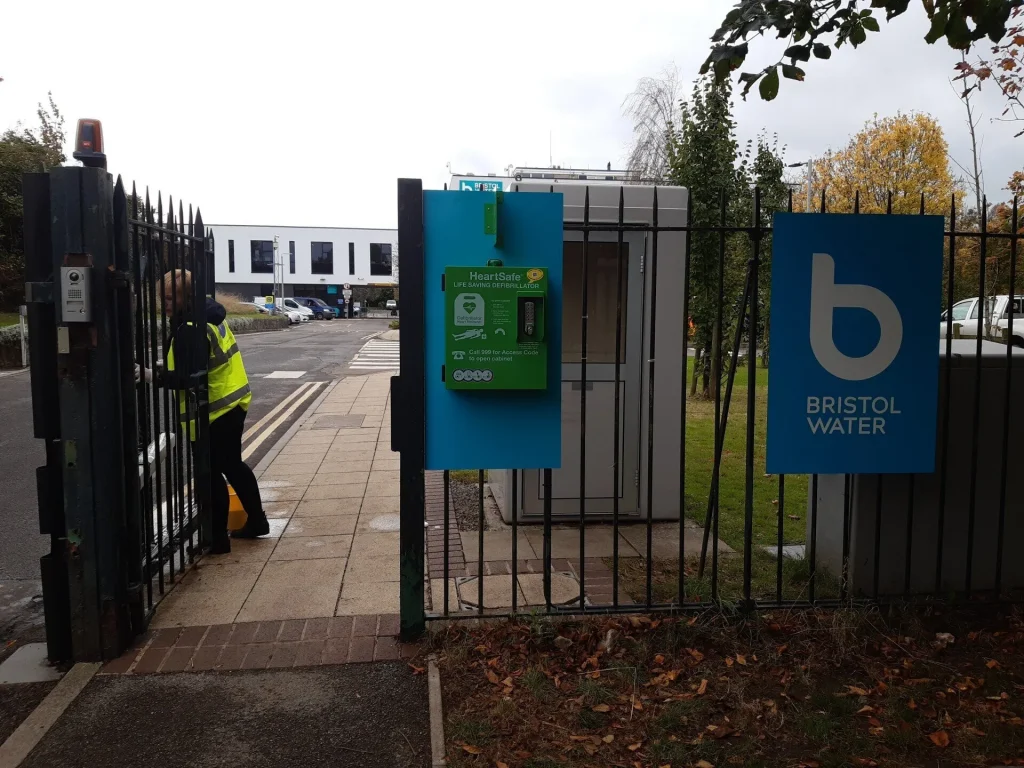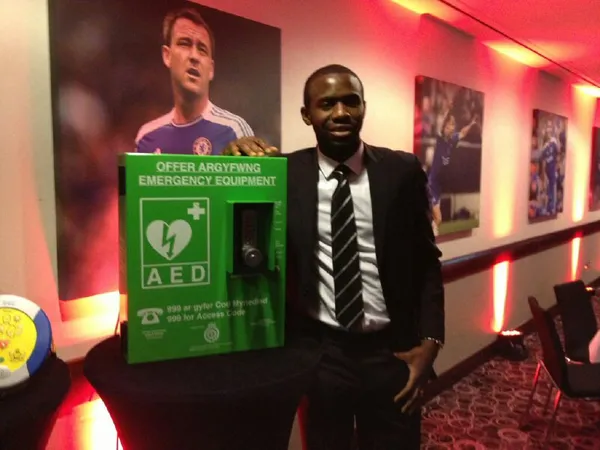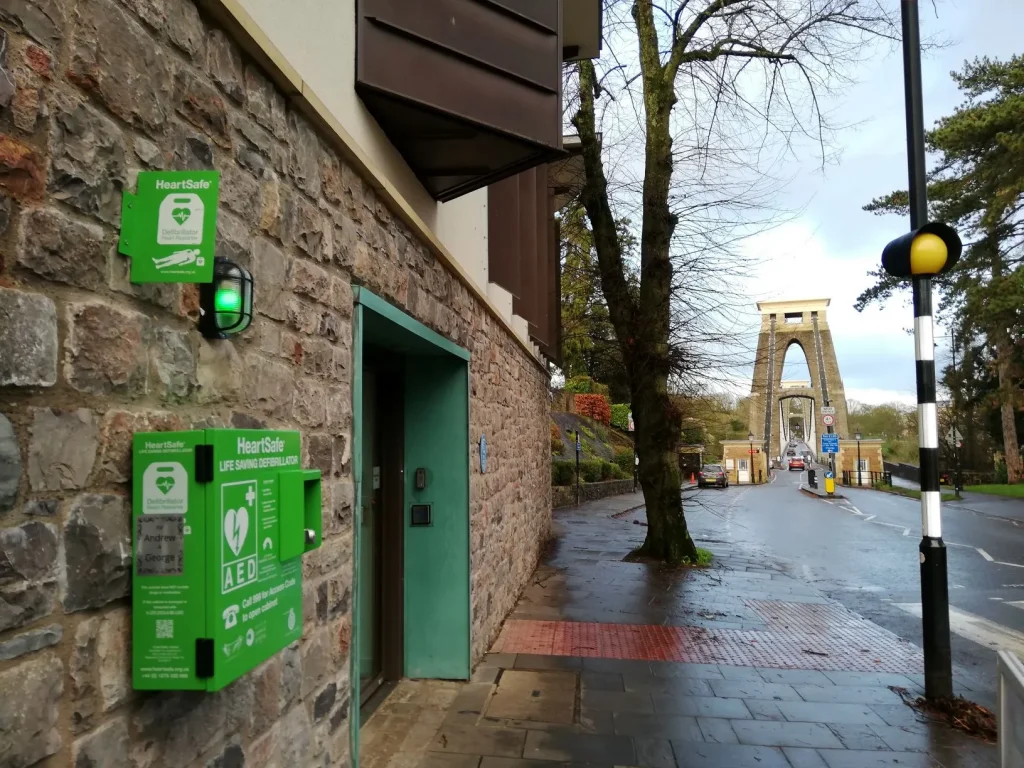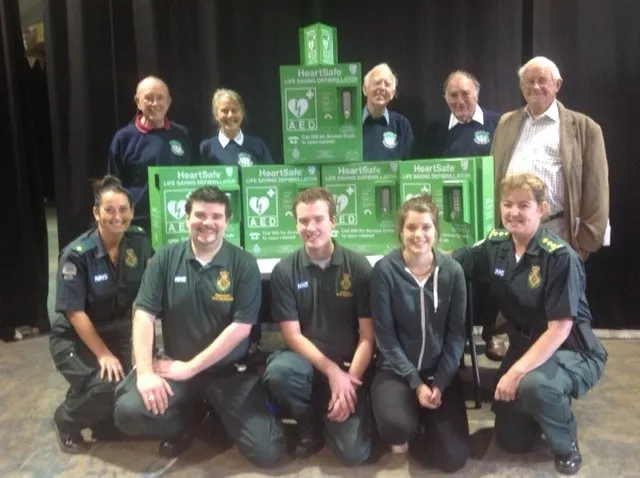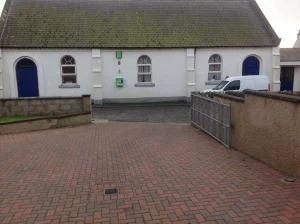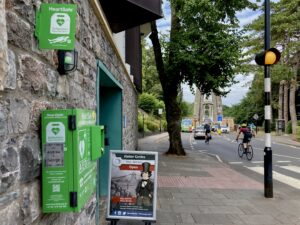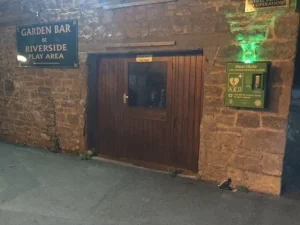HEARTSAFE® Life Saving Defibrillator
In the event of a suspected cardiac arrest, the following procedure should be used:
1. Call 999 or 112 and ask for the ambulance service.
2. When asked by the operator, please give the telephone number from where you are calling and the location of this cabinet which is:
An Example:
Cabinet No. 12345
Address Line 1
Address Line 2
Town/City
Postcode
What3words
3. The operator will ask a series of questions which you will need to answer to the best of your ability. This will only take a few moments and will not delay the ambulance.
4. The operator will then provide you with the access code to open the cabinet (if the AED is located inside an external cabinet and registered with the ambulance service) or access the nearby defibrillator.
5. The defibrillator and resuscitation pack should be removed from the access point and the ambulance service will stay on the line and give verbal instruction if required.
6. Switch on the defibrillator and it will then provide you with verbal instructions for use.
7. The defibrillator cannot be used incorrectly as it will only deliver a shock to the patient if it detects it is necessary.
8. There are scissors in the resuscitation pack to assist with removal of clothing and a pocket rescue breath mask for use with ventilations in CPR.
9. If you are unable or unwilling to give ventilations, simply do “hands only” chest compressions.
Remember THINK safety.
Look around before pushing the button to shock and SHOUT the command STAND CLEAR SHOCKING and then check to make sure everyone is clear.
Content of this post has been approved by SWASFT Community Response Manager (Ref ssos14V3)
